Bald Eagles Visit DTE Energy Monroe Power Plant
These once-endangered birds take advantage of fishing waters kept warm by “thermal discharge.”
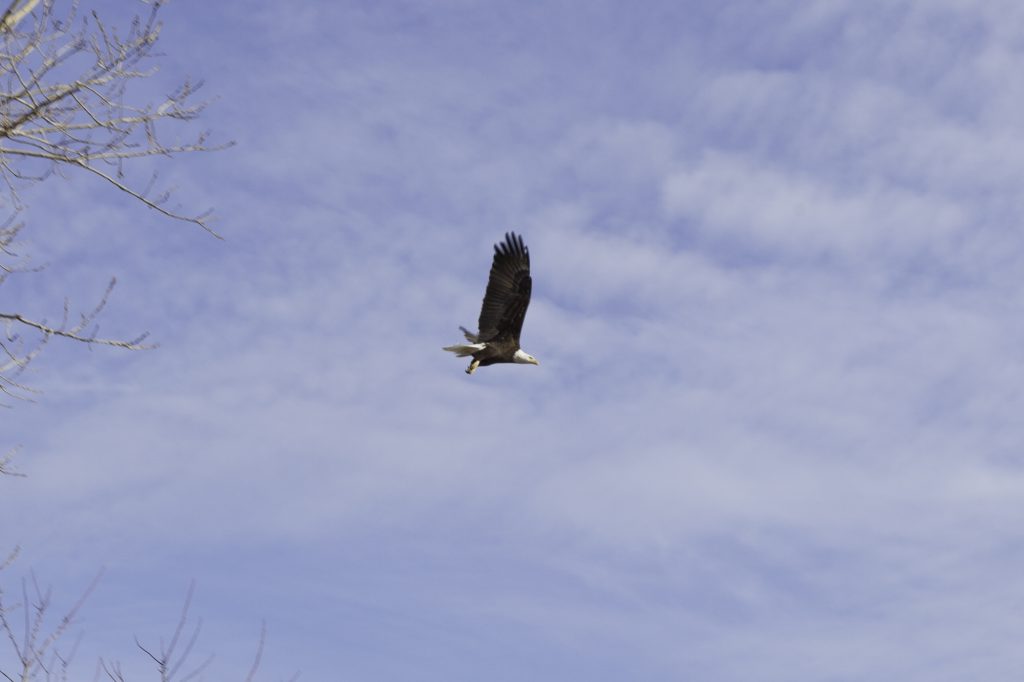
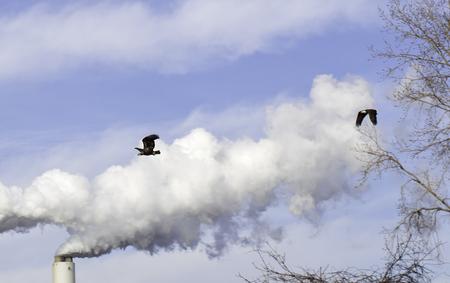
Monroe has one of the largest coal-fired power plants in the country–the largest in Michigan– and it’s owned by DTE Energy. It’s also home to several hundred acres of wildlife habitat that attracts Bald Eagles. While the grounds of the plant aren’t typically open to the public, the power company recently invited visitors to its sixth annual Bald Eagle Tour where sixty groups of people, who were randomly selected by lottery, gathered in two separate tours to witness a part-natural, part-man-made phenomenon.
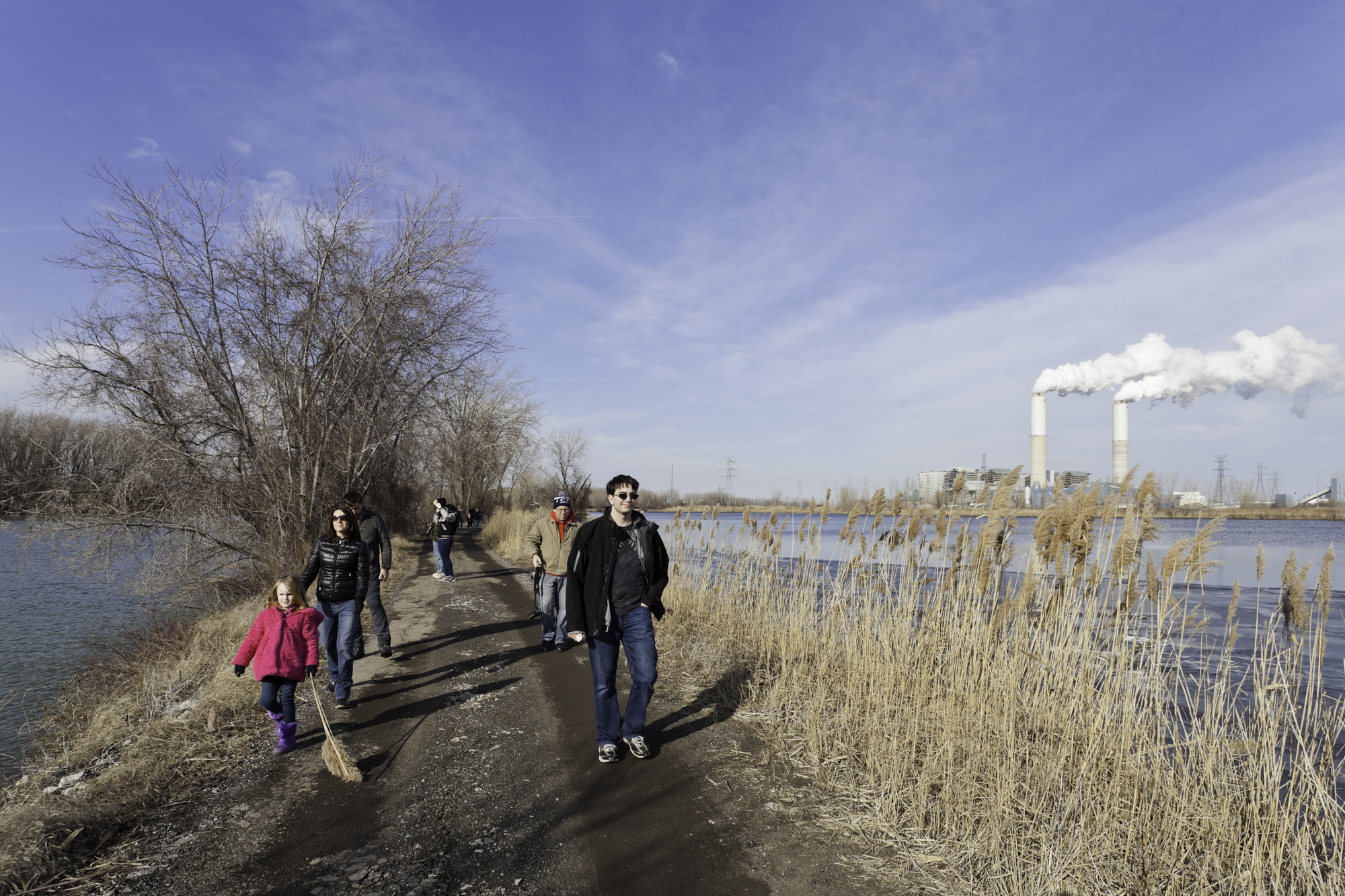
Matt Shackelford, a biologist with DTE Energy, says more than 4,500 people signed up for the chance to see Bald Eagles in this unique environment. In the truck, on the way to the viewing area, he’s joined by Interpretative Naturalist Dorothy McLeer and DTE Wildlife Habitat Coordinator Kristen LeForce. Behind the truck, there’s a caravan of vehicles, carrying visitors whose names were chosen to take part in the tour. After a few minutes on the road, the eagles are already within sight; soaring over water and perched on branches above us. LeForce says there are a variety of other animals on the certified wildlife site, including deer, coyotes and many bird species. Although it’s unseasonably warm for January, Shackelford and his colleagues say the eagles are here to fish in the water, which doesn’t freeze because of thermal discharge from the power plant.
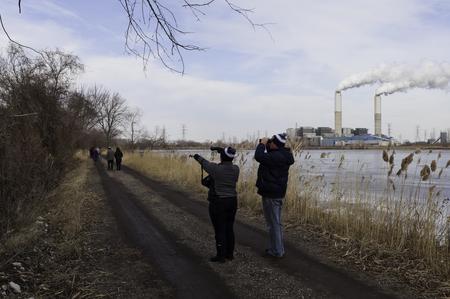
As far as the safety of the wildlife, Shackelford says this is all permitted. “National Pollution Discharge Elimination System Permits, it’s regulated by the state, the plume, and so some people argue that it’s harmful, but you have the eagles, you have the fish that are protected during the winter and can’t take the cold weather, and actually for the past six years, we’ve been doing native mussel surveys out here,” says Shackelford. According to DTE’s website, the Monroe Power Plant has been working to reduce its output of harmful emissions since the 1970s. In 1999, DTE launched a $1.7 billion program to install emission controls at the plant.
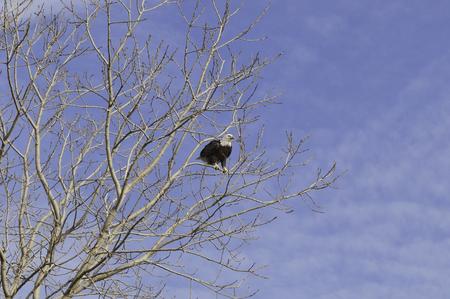
It’s windy, as people pile out of the cars behind, equipped with binoculars and the excitement that comes with being able to experience a slice of nature that’s rarely within reach. The crowd has some seasoned bird-watchers, but it’s a group mostly comprised of families from across Southeast Michigan. While viewing the eagles, McLeer and LeForce explain talon grappling: when two eagles lock their feet together mid-air. McLeer says it can be done during courtship, it can be a sign of dominance, or more simply, it might be just two eagles at play.
